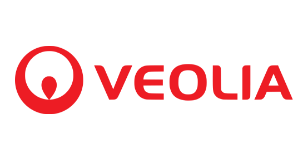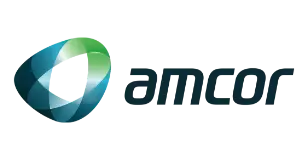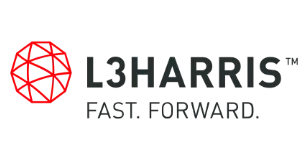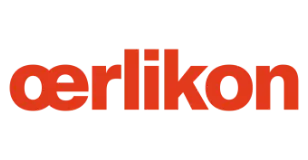
Global Hypercholesterolemia Market Research Report: Forecast (2023-2028)
By Disease Type (Genetic, Acquired), By Treatment Type (Stains. Bile Acid Binding Resins, Niacin, PCSK9 Inhibitors, Cholesterol Absorption Inhibitors, Fibric Acid Derivatives, Othe...rs), By Distribution Channel (Retail Pharmacies, Hospitals Pharmacies, Online Pharmacies), By Region (North America, South America, Europe, The Middle East & Africa, Asia-Pacific), By Company (AbbVie Inc., Aegerion Pharmaceuticals, Amgen Inc., Astrazenca, Eli lily and Company, Espersion Therapeutics, Merck KGaA, Novartis AG, Pfizer, Regeneron Pharmaceuticals, Sanofi, Teva Pharmaceutical, Others.) Read more
- Healthcare
- Jun 2023
- Pages 179
- Report Format: PDF, Excel, PPT
Market Definition
Hypercholesterolemia is a condition in the human body where levels of cholesterol spike abnormally, resulting in higher blood pressure, strokes or heart attacks. Usually stemming from underrated thyroid levels and unhealthy eating habits resulting in chronic diseases such as heart disease, diabetes, and others, it may pose serious life threats. The primary cause, however, may be genetic.
Market Insights & Analysis: Global Hypercholesterolemia Market (2023-28)
The Global Hypercholesterolemia Market is projected to grow at a CAGR of around 3.2% during the forecast period, i.e., 2023-28. The market is driven by the alarming rise in the prevalence of cardiovascular diseases and chronic disorders such as diabetes, obesity, and others worldwide. Elevated levels of non-HDL cholesterol and LDL in the blood may result in life-threatening conditions, including heart disease and stroke. According to WHO, raised total cholesterol is a major cause of disease burden in both the developed and developing world as a risk factor for ischemic heart disease and stroke. Globally, a third of ischaemic heart disease is due to high cholesterol. Overall, raised cholesterol is estimated to cause 2.6 million deaths (4.5% of total) and 29.7 million DALYS, or 2% of total DALYS.
| Report Coverage | Details |
|---|---|
| Study Period | Historical Data: 2018-21 |
| Base Year: 2022 | |
| Forecast Period: 2023-28 | |
| CAGR (2023-2028) | 3.2% |
| Regions Covered | North America: US, Canada, Mexico |
| Europe: Germany, The UK, France, Spain, Italy, Rest of Europe | |
| Asia-Pacific: China, India, Japan, South Korea, Australia, Rest of Asia-Pacific | |
| South America: Brazil, Argentina, Rest of South America | |
| Middle East & Africa: GCC, South Africa, Egypt, Rest of MEA | |
| Key Companies Profiled | AbbVie Inc., Aegerion Pharmaceuticals, Amgen Inc., Astrazenca, Eli lily and Company, Espersion Therapeutics, Merck KGaA, Novartis AG, Pfizer, Regeneron Pharmaceuticals, Sanofi, Teva Pharmaceutical |
| Unit Denominations | USD Million/Billion |
There was a negative association between SDI and high LDL-C-related age-standardized death and DALY rates when SDI surpassed 0.71 and 0.71, respectively. As such, rigorous research, clinical studies, and trials for treatment leading to effective drugs are observed to be a solid booster to the Global Hypercholesterolemia Market landscape. For instance,
In July 2022, NewAmsterdam Pharma, a clinical-stage business, introduced BROOKLYN, a phase 3 trial designed to evaluate the efficacy of obicetrapib on LDL-C levels in patients with heterozygous familial hypercholesterolemia as an adjunct to maximally tolerated lipid-lowering therapy.
In fact, the number of homozygous familial hypercholesterolemia clinical studies done worldwide grew by 93% between 2016 to 2020, as per clinicaltrials.gov. These aspects are expected to stimulate the market revenue growth during the forecast period.
Global Hypercholesterolemia Market Driver:
Surging R&D Activities and Clinical Studies Drive Market Growth - Rising Research and development (R&D) activities associated with hypercholesterolemia and fueling clinical trials of the treatment drugs produced by major pharmaceutical manufacturers , drive market growth around the globe. Due to increasing changes in lifestyle and unhealthy diets, individuals have high bad cholesterol in their bloodstreams. The disease risk has increased with obesity, unhealthy lifestyle, intake of unhealthy food, and most importantly diabetes.
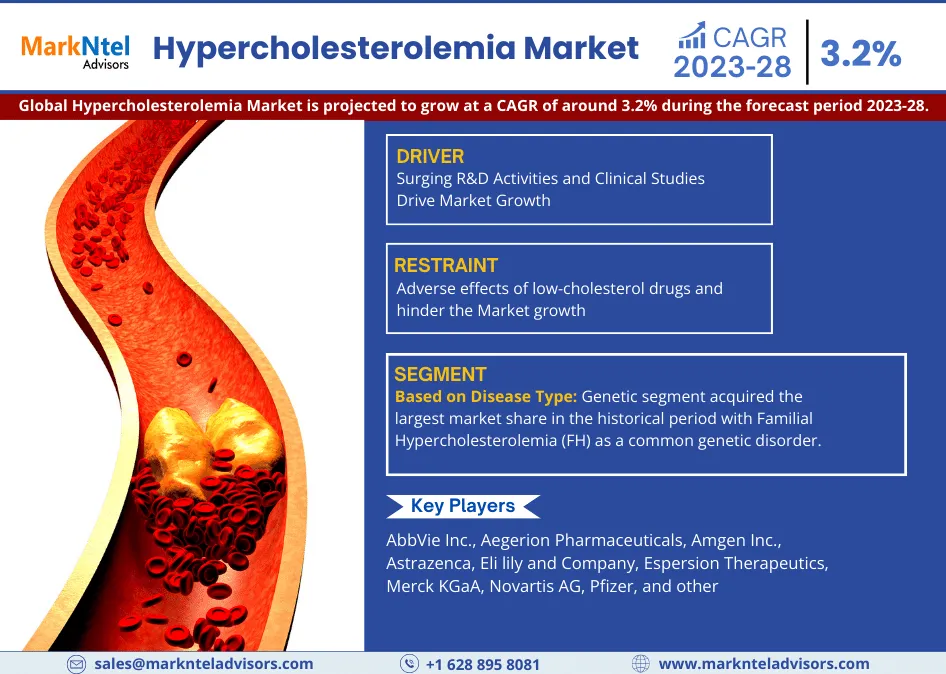
Moreover, according to the International Diabetes Federation (IDF), 1 in 10 individuals are suffering from hypercholesterolemia. Although 537 million adults are living with diabetes, 643 million adults are estimated to have diabetes by 2030. This reflects the high prevalence of hypercholesterolemia as diabetes increases the risk of hypercholesterolemia. Thus, anticipated to increase the CAGR value of Hypercholesterolemia Market around globe during the projected period.
In addition, North America accounted for a considerable share of Market in recent years due to increasing R&D activities and an increasing clinical studies number over the region. For instance,
In 2022, Ionic Pharmaceutical collaborated with AstraZeneca to release an antisense drug to lower blood cholesterol levels in hypercholesterolemia patients by targeting a protein, that is a proprotein convertase subtilisin/kexin type 9.
Global Hypercholesterolemia Market Possible Restraint:
Adverse effects of low-cholesterol drugs and hinder the Market growth - Drugs used for the treatment for hypercholesterolemia contain some side effects such as aches, muscle and joint pain, vomiting, diarrhea, nausea, gas, or constipation. Impediments with muscles and the risk of diabetes enhanced by use of these statins are the major side effects. Most adverse effects of the hypercholesterolemia drugs are associated with liver damage and type 2 diabetes. For instance, CETP inhibitors, a drug class used for hypercholesterolemia have been withdrawn in the later stages of the clinical trial due to adverse effects. Due to these side effects, the Hypercholesterolemia Drug Market would be negatively affected.
Global Hypercholesterolemia Market Growth Opportunity:
Constant Advances in Genetic Therapies for FH To Bring Lucrative Prospects - The paradigm shifts in the treatment methods, paired with the rapid advancement in gene therapy technology in recent years, have revolutionized the way FH patients were treated earlier. Genetic therapies are being constantly developed for Familial Hypercholesterolemia and may bring absolute LDL-C dipping. Unlike existing lipid-lowering therapies, exhibiting difficulty in achieving lipid target levels in FH patients, Gene Therapy has shown excellent therapeutic potential. With further optimization of delivery efficiency, immunogenicity, and the precision of gene therapy, the market players may maximize their revenue in the coming years.
Global Hypercholesterolemia Market (2023-28): Segmentation Analysis
The Global Hypercholesterolemia Market study of MarkNtel Advisors evaluates & highlights the major trends & influencing factors in each segment & includes predictions for the period 2023–2028 at the global, regional, and national levels. Based on the analysis, the market has been further classified as:
Based on Disease Type,
- Genetic
- Acquired
Between the two, the Genetic segment acquired the largest market share in the historical period with Familial Hypercholesterolemia (FH) as a common genetic disorder, remained prominent. According to the Centers for Disease Control and Prevention, more than one million people in the U.S. have familial hypercholesterolemia, but unfortunately, only about 30% know about it. Being an inherited disorder, FH makes it crucial to get family members tested in order to find more such cases. Since FH involves gene mutation of those involved in the catabolism of Low-Density Lipoprotein Cholesterol (LDL-C), autosomal dominant inheritance is the common pattern for familial hypercholesterolemia induced by mutations in LDLR, APOB, or PCSK9 genes.
As such, cascade testing that involves a diagnosis of FH through genetic testing, a blood cholesterol test, or both, has turned up in recent years, thereby fetching the attention of market players. Moreover, the expanding screening programs for familial hypercholesterolemia and their affordability coupled with the clinical advances of new therapeutics for this disorder have bolstered the market growth in the past few years. Moreover, the steady adoption of diagnostic methods such as the Simon Broome Register (SBR), Dutch Lipid Clinic Network (DCLN), or Make Early Diagnosis to Prevent Early Death (MEDPED) has again led to the industry's ascension in the historical period.
Global Hypercholesterolemia Market Regional Projection
Geographically, the Global Hypercholesterolemia Market expands across:
- North America
- South America
- Europe
- Middle East & Africa
- Asia-Pacific
On the geographical front, North America grabbed the maximum market share in 2022 and is anticipated to prevail in the same trend. The dominance of the region is primarily attributed to the growing awareness accompanied by the substantial healthcare expenditure by the respective governments. With more than one million people suffering from Familial Hypercholesterolemia in the US alone, the situation across the region continues to be life-threatening. Besides, recent instances of type-2 diabetes in adults and underrated thyroid levels, when paired with a lack of a wholesome diet, have brought the attention of researchers, & healthcare service providers and compelled them to come up with more effective solutions for the condition and, derived disorders in the past few years. For instance,
- In July 2022, VERVE-101, a novel, investigational gene editing medicine by Verve Therapeutics, got its first patient. The aim was to design a single-course treatment that permanently turns off the PCSK9 gene in the liver, thereby reducing disease-driving low-density lipoprotein cholesterol (LDL-C). Being a clinical-stage biotechnology company, based in the U.S., the brand is highly focused on promoting heart wellness.
Regulatory Landscape in the Global Hypercholesterolemia Market
- In December 2021, the FDA authorized Leqvio injection with active ingredient inclisiran to treat heterozygous familial hypercholesterolemia.
- In Feb 2021, The Food & Drug Administration (FDA), approved evinacumab to lower LDL cholesterol for patients with homozygous familial hypercholesterolemia aged above 12 years.
Global Hypercholesterolemia Industry Recent Developments
- In April 2022, Ionis Pharmaceuticals, Inc., a biotechnology company based in Carlsbad, California, found that its AstraZeneca-partnered cholesterol med pulls down levels of the troublesome substance in patients during a Phase -2 trial. Earlier, Ionis designed the antisense therapy ION449 to downsize plasma levels of PCSK9 and, by extension, lower low-density lipoprotein cholesterol (LDL-C) in patients with hypercholesterolemia
Gain a Competitive Edge with Our Global Hypercholesterolemia Market Report
- Global Hypercholesterolemia Market report provides a detailed and thorough analysis of market size, growth rate, competitive landscape, and key players. This comprehensive analysis helps businesses gain a holistic understanding of the market dynamics and make informed decisions.
- This report also highlights current market trends and future projections, allowing businesses to identify emerging opportunities and potential challenges. By understanding market forecasts, companies can align their strategies and stay ahead of the competition.
- Global Hypercholesterolemia Market report aids in assessing and mitigating risks associated with entering or operating in the market.
- The report would help in understanding market dynamics, regulatory frameworks, and potential challenges, businesses can develop strategies to minimize risks and optimize their operations.
Frequently Asked Questions
Global Hypercholesterolemia Market Research Report (2023-2028) - Table of Contents
- Market Segmentation
- Introduction
- Product Definition
- Research Process
- Assumptions
- Executive Summary
- Global Hypercholesterolemia Market Porters Five Forces Analysis
- Global Hypercholesterolemia Market Trends & Insights
- Global Hypercholesterolemia Market Dynamics
- Drivers
- Challenges
- Global Hypercholesterolemia Market Growth Opportunities & Hotspots
- Global Hypercholesterolemia Market Policy & Regulations
- Global Hypercholesterolemia Market Analysis, 2018-2028F
- Market Size & Outlook
- Revenues (USD Million)
- Market Share & Outlook
- By Disease Type
- Genetic
- Acquired
- By Treatment Type
- Stains
- Bile Acid Binding Resins
- Niacin
- PCSK9 Inhibitors
- Cholesterol Absorption Inhibitors
- Fibric Acid Derivatives
- Others
- By Distribution Channel
- Retail Pharmacies
- Hospitals Pharmacies
- Online Pharmacies
- By Region
- North America
- South America
- Europe
- The Middle East & Africa
- Asia-Pacific
- By Company
- Market Share
- Competition Characteristics
- By Disease Type
- Market Size & Outlook
- North America Hypercholesterolemia Market Analysis, 2018-2028F
- Market Size & Outlook
- Revenues (USD Million)
- Market Share & Outlook
- By Disease Type
- By Treatment Type
- By Distribution Channel
- By Country
- The US
- Canada
- Mexico
- The US Hypercholesterolemia Market Analysis, 2018-2028F
- Market Size & Outlook
- Revenues (USD Million)
- Market Share & Outlook
- By Disease Type
- By Treatment Type
- Market Size & Outlook
- Canada Hypercholesterolemia Market Analysis, 2018-2028F
- Market Size & Outlook
- Revenues (USD Million)
- Market Share & Outlook
- By Disease Type
- By Treatment Type
- Market Size & Outlook
- Mexico Hypercholesterolemia Market Analysis, 2018-2028F
- Market Size & Outlook
- Revenues (USD Million)
- Market Share & Outlook
- By Disease Type
- By Treatment Type
- Market Size & Outlook
- Market Size & Outlook
- South America Hypercholesterolemia Market Analysis, 2018-2028F
- Market Size & Outlook
- Revenues (USD Million)
- Market Share & Outlook
- By Disease Type
- By Treatment Type
- By Distribution Channel
- By Country
- Brazil
- Argentina
- Rest of South America
- Brazil Hypercholesterolemia Market Analysis, 2018-2028F
- Market Size & Outlook
- Revenues (USD Million)
- Market Share & Outlook
- By Disease Type
- By Treatment Type
- Market Size & Outlook
- Argentina Hypercholesterolemia Market Analysis, 2018-2028F
- Market Size & Outlook
- Revenues (USD Million)
- Market Share & Outlook
- By Disease Type
- By Treatment Type
- Market Size & Outlook
- Market Size & Outlook
Europe Hypercholesterolemia Market Analysis, 2018-2028F
- Market Size & Outlook
- Revenues (USD Million)
- Market Share & Outlook
- By Disease Type
- By Treatment Type
- By Distribution Channel user
- By Country
- The UK
- Germany
- Italy
- France
- Spain
- Rest of Europe
- The UK Hypercholesterolemia Market Analysis, 2018-2028F
- Market Size & Outlook
- Revenues (USD Million)
- Market Share & Outlook
- By Disease Type
- By Treatment Type
- Market Size & Outlook
- Germany Hypercholesterolemia Market Analysis, 2018-2028F
- Market Size & Outlook
- Revenues (USD Million)
- Market Share & Outlook
- By Disease Type
- By Treatment Type
- Market Size & Outlook
- Italy Negative Hypercholesterolemia Market Analysis, 2018-2028F
- Market Size & Outlook
- Revenues (USD Million)
- Market Share & Outlook
- By Disease Type
- By Treatment Type
- Market Size & Outlook
- France Hypercholesterolemia Market Analysis, 2018-2028F
- Market Size & Outlook
- Revenues (USD Million)
- Market Share & Outlook
- By Disease Type
- By Treatment Type
- Market Size & Outlook
- Spain Hypercholesterolemia Market Analysis, 2018-2028F
- Market Size & Outlook
- Revenues (USD Million)
- Market Share & Outlook
- By Disease Type
- By Treatment Type
- Market Size & Outlook
- The Middle East & Africa Hypercholesterolemia Market Analysis, 2018-2028F
- Market Size & Outlook
- Revenues (USD Million)
- Market Share & Outlook
- By Disease Type
- By Treatment Type
- By Distribution Channel
- By Country
- GCC
- South Africa
- Rest of the Middle East & Africa
- GCC Hypercholesterolemia Market Analysis, 2018-2028F
- Market Size & Outlook
- Revenues (USD Million)
- Market Share & Outlook
- By Disease Type
- By Treatment Type
- Market Size & Outlook
- South Africa Hypercholesterolemia Market Analysis, 2018-2028F
- Market Size & Outlook
- Revenues (USD Million)
- Market Share & Outlook
- By Disease Type
- By Treatment Type
- Market Size & Outlook
- Market Size & Outlook
- Asia-Pacific Hypercholesterolemia Market Analysis, 2018-2028F
- Market Size & Outlook
- Revenues (USD Million)
- Market Share & Outlook
- By Disease Type
- By Treatment Type
- By Distribution Channel
- By Country
- China
- India
- Japan
- South Korea
- Australia
- Rest of Asia-Pacific
- China Hypercholesterolemia Market Analysis, 2018-2028F
- Market Size & Outlook
- Revenues (USD Million)
- Market Share & Outlook
- By Disease Type
- By Treatment Type
- Market Size & Outlook
- India Hypercholesterolemia Market Analysis, 2018-2028F
- Market Size & Outlook
- Revenues (USD Million)
- Market Share & Outlook
- By Disease Type
- By Treatment Type
- Market Size & Outlook
- Japan Hypercholesterolemia Market Analysis, 2018-2028F
- Market Size & Outlook
- Revenues (USD Million)
- Market Share & Outlook
- By Disease Type
- By Treatment Type
- Market Size & Outlook
- South Korea Hypercholesterolemia Market Analysis, 2018-2028F
- Market Size & Outlook
- Revenues (USD Million)
- Market Share & Outlook
- By Disease Type
- By Treatment Type
- Market Size & Outlook
- Australia Hypercholesterolemia Market Analysis, 2018-2028F
- Market Size & Outlook
- Revenues (USD Million)
- Market Share & Outlook
- By Disease Type
- By Treatment Type
- Market Size & Outlook
- Market Size & Outlook
- Global Hypercholesterolemia Market Key Strategic Imperatives for Success & Growth
- Competitive Benchmarking
- Competition Matrix
- Product Portfolio
- Target Markets
- Target End Users
- Research & Development
- Strategic Alliances
- Strategic Initiatives
- Company Profiles (Business Description, Product Offering, Strategic Alliances or Partnerships, etc)
- Novartis AG
- Regeneron Pharmaceuticals
- Merck KGaA
- Pfizer
- Astrazenca
- AbbVie Inc.
- Eli lily and Company
- Espersion Therapeutics
- Sanofi
- Amgen Inc.
- Teva Pharmaceutical
- Aegerion Pharmaceuticals
- Others
- Competition Matrix
- Disclaimer
MarkNtel Advisors follows a robust and iterative research methodology designed to ensure maximum accuracy and minimize deviation in market estimates and forecasts. Our approach combines both bottom-up and top-down techniques to effectively segment and quantify various aspects of the market. A consistent feature across all our research reports is data triangulation, which examines the market from three distinct perspectives to validate findings. Key components of our research process include:
1. Scope & Research Design At the outset, MarkNtel Advisors define the research objectives and formulate pertinent questions. This phase involves determining the type of research—qualitative or quantitative—and designing a methodology that outlines data collection methods, target demographics, and analytical tools. They also establish timelines and budgets to ensure the research aligns with client goals.
2. Sample Selection and Data Collection In this stage, the firm identifies the target audience and determines the appropriate sample size to ensure representativeness. They employ various sampling methods, such as random or stratified sampling, based on the research objectives. Data collection is carried out using tools like surveys, interviews, and observations, ensuring the gathered data is reliable and relevant.
3. Data Analysis and Validation Once data is collected, MarkNtel Advisors undertake a rigorous analysis process. This includes cleaning the data to remove inconsistencies, employing statistical software for quantitative analysis, and thematic analysis for qualitative data. Validation steps are taken to ensure the accuracy and reliability of the findings, minimizing biases and errors.
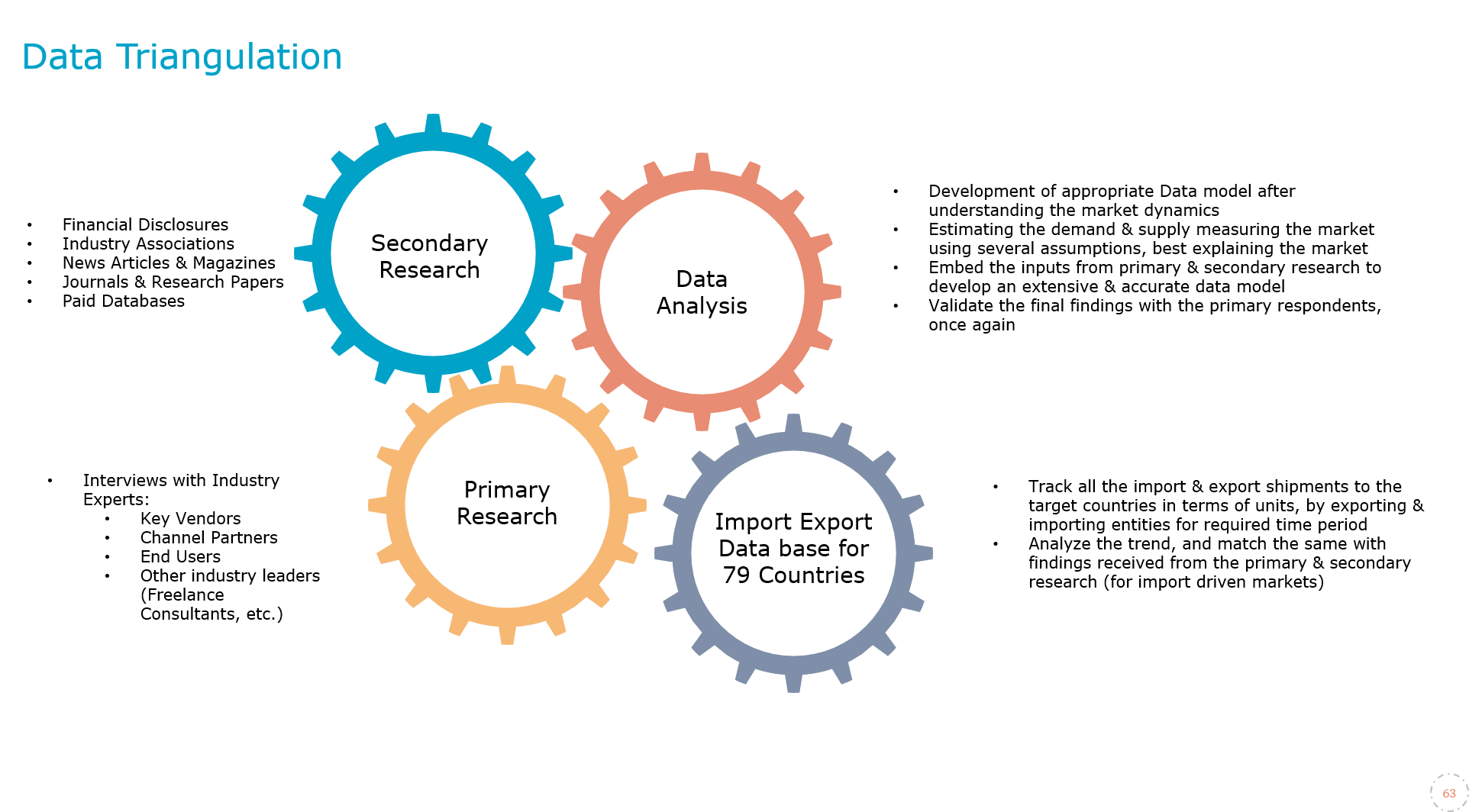
4. Data Forecast and FinalizationThe final phase involves forecasting future market trends based on the analyzed data. MarkNtel Advisors utilize predictive modeling and time series analysis to anticipate market behaviors. The insights are then compiled into comprehensive reports, featuring visual aids like charts and graphs, and include strategic recommendations to inform client decision-making

